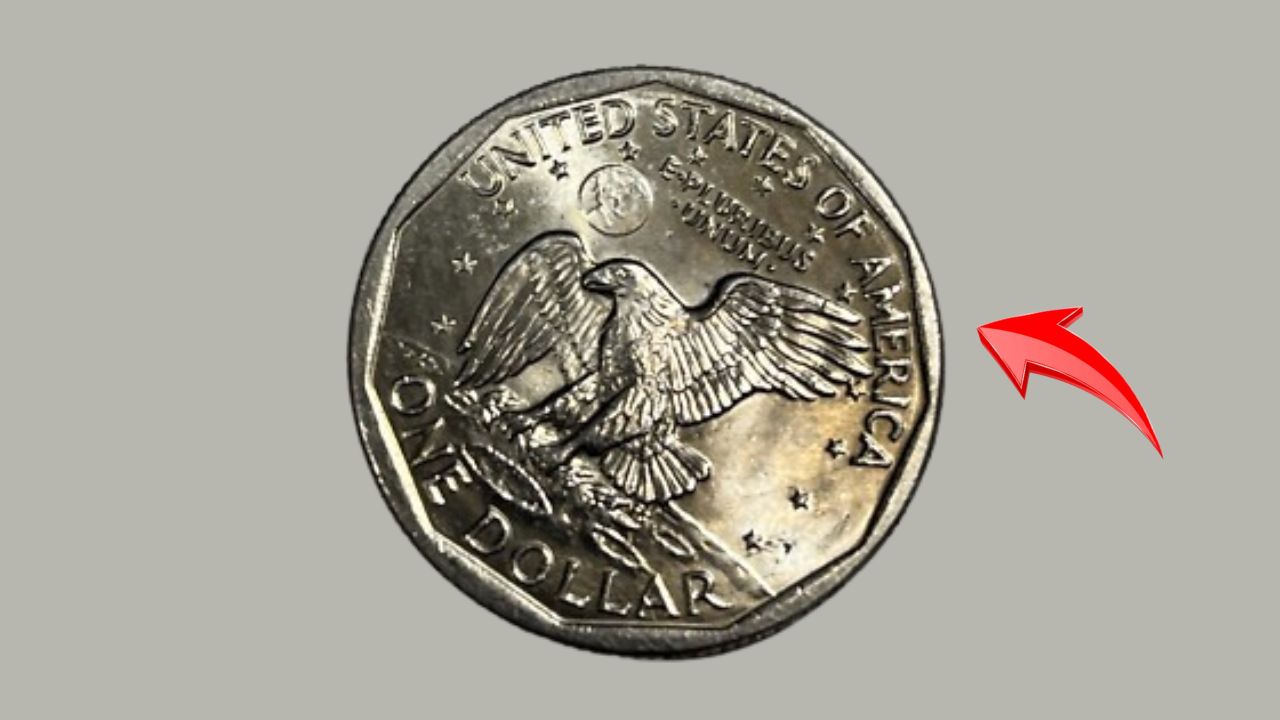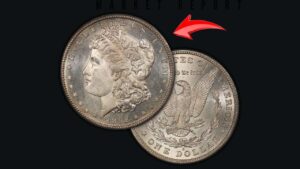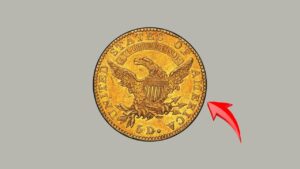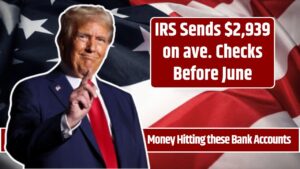For those digging through jars of loose change or clearing out old piggy banks, there might be more than small change hiding in plain sight. Some seemingly ordinary $1 coins have soared in value—fetching up to $14,000—due to minting errors, flawless condition, and historical significance. Among the most talked-about are the Eisenhower Dollar (1971–1978) and the Susan B. Anthony Dollar (1979–1981, 1999), which have become hot commodities in the world of numismatics.
Why Certain $1 Coins Are Worth Thousands
Not every coin is created equal. While most $1 coins are only worth their face value, a select few have rare characteristics that make them extremely valuable to collectors. Here’s what sets these rare coins apart:
| Factor | Impact on Value |
|---|---|
| Scarcity | Fewer coins minted with rare features = higher value |
| Condition | Uncirculated or mint-state coins are highly desirable |
| Minting Errors | Coins with flaws like double dies or missing mint marks |
| Historical Significance | Tied to important U.S. events or figures |
Take, for example, the 1974-D Eisenhower Dollar, which once sold for $14,100 due to its immaculate condition and rarity. Similarly, certain Susan B. Anthony Dollars with minting anomalies have matched those values in the collectors’ market.
How to Identify Valuable $1 Coins
1. Know the Coin Type and Year
Start by identifying whether you have one of the valuable $1 coin types:
- Eisenhower Dollar: Minted 1971–1978, larger in size, features President Dwight D. Eisenhower.
- Susan B. Anthony Dollar: Minted 1979–1981 and again in 1999, features the women’s rights pioneer, smaller and more modern-looking.
2. Check the Mint Mark
Mint marks tell you where the coin was produced and can significantly affect value. You’ll usually find them near the date:
- No Mint Mark: Indicates Philadelphia (especially rare for Eisenhower Dollars).
- D: Denver.
- S: San Francisco (typically proof coins).
Rare examples without a mint mark have sold for $13,500 to $14,000—so don’t overlook this tiny detail.
3. Evaluate the Coin’s Condition
Condition is crucial. Coins are graded from Poor (P-1) to Mint State (MS-70). Collectors seek coins in MS65 or higher, which are almost flawless. Look for:
- Sharp edges with no wear
- No scratches or corrosion
- Clear details on both sides
Even if a coin is circulated, it could still hold value, but pristine coins can command tens of thousands.
4. Look for Minting Errors
Coin collectors love mistakes, and minting errors can turn an average coin into a prized collectible. Keep an eye out for:
- Double Dies: Slight overlapping of numbers or letters.
- Off-Center Strikes: Design isn’t aligned properly.
- Missing Mint Marks: Often a sign of a rare error.
- Die Cracks or Cuds: Raised lines or blobs of metal from damaged dies.
These errors not only add to a coin’s uniqueness but often multiply its worth.
What to Do If You Think You Have a Valuable Coin
If you suspect you’ve uncovered a rare $1 coin:
- Do Not Clean It – Cleaning can damage the coin and reduce its value.
- Use Gloves – Oils from your fingers can affect the surface.
- Get It Professionally Graded – Services like PCGS or NGC can assess and certify your coin.
- Consult a Numismatist – A coin expert can help you understand the value before selling.
And remember: Just because a coin is old doesn’t mean it’s valuable, but the right combination of rarity, error, and condition could make it worth a small fortune.
FAQs
What’s the most valuable $1 coin?
The 1974-D Eisenhower Dollar has sold for over $14,000, making it one of the most valuable $1 coins known.
Where can I sell my rare coin?
Through reputable auction houses, certified coin dealers, or online marketplaces like Heritage Auctions.
How do I know if I have a minting error?
Look for double images, off-center designs, or missing details. A professional grading service can confirm.




